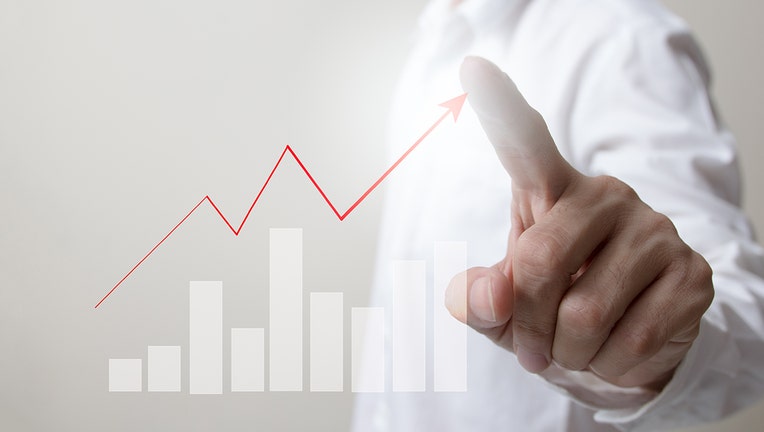5 ways a high-yield savings account will boost your overall savings

Many high-yield accounts offer as much as 10 times the average interest rate or more. (iStock)
Putting cash in your savings account is important for short-term savings goals, such as for emergency funds, vacations, down payments and more. But depending on where you do your banking, you may be leaving money on the table.
Here's what you need to know about high-yield savings accounts and how they can help you with your savings goals.
WHY IT'S A GOOD IDEA TO PUT SOME MONEY IN A HIGH-YIELD SAVINGS ACCOUNT
1. You can earn far more on your savings
The national average interest rate on traditional savings accounts is 0.04%, according to the Federal Deposit Insurance Corporation (FDIC). But with a high-yield savings account, you can get 10 times that much or even more.
While that might not make a huge difference on smaller balances, it can add up over time. The more dramatic earnings will be seen on savings accounts with larger initial deposits and balances.
Explore how you can leverage a high-yield savings account as a savings builder and find the right plan that fits your needs by visiting the Credible marketplace.
WHEN SHOULD YOU USE A HIGH YIELD SAVINGS ACCOUNT? 5 SCENARIOS
2. You can save on fees
High-yield savings accounts are common among online banks, which tend to have lower overhead costs than traditional banks. As a result, these banks also typically offer fee-free checking accounts.
By moving all of your banking over to an online bank, you'll have a better chance of getting a checking account that won't charge you a monthly fee. Some of these accounts also waive other big fees like maintenance fees, overdraft fees, ATM fees and more—some even reimburse ATM fees on out-of-network withdrawals.
You can compare online savings accounts and other financial institutions through Credible.
HOW TO CHOOSE A HIGH-YIELD SAVINGS ACCOUNT
3. Easy and liquid access
Because high-yield savings accounts often offer lower rates than certificates of deposit (CDs), you may wonder if a CD is a better place to stash your cash. However, these accounts typically require you to lock your funds for a set period, which can range from a few months to several years.
If you try to make a withdrawal from the account before the CD term length ends, you could lose some or all of the interest you've earned leading up to that time. If you're unsure if a high-yield savings account or a CD is right for you, talk to a financial advisor to determine which savings builder fits your needs.
HERE'S WHERE TO PUT YOUR MONEY AFTER ACHIEVING YOUR EMERGENCY FUND GOAL
4. Safe, guaranteed return
You may also be wondering if investing your money for short-term savings goals is the better move. After all, the stock market can provide a much higher return than what you'd get from a high-yield savings account.
But while long-term returns in the market average as much as 10%, the market can be incredibly volatile in the short term. If you invest your emergency fund or down payment savings and your portfolio doesn't perform well, you could end up losing money, putting yourself in a worse position than when you started.
In contrast, your balance will never go down with a high-yield savings account, which is exactly what you need for short-term savings goals—and even some long-term goals.
Visit the Credible marketplace to compare savings accounts, including factors like minimum balances, maintenance fees and annual percentage yields (APYs), find the plan that fits your savings goal.
WANT TO RETIRE EARLY? OPEN A HIGH-YIELD SAVINGS ACCOUNT
5. Low minimum balance requirements
With some traditional banks and credit unions, you have to have a large balance in a savings account to be able to earn its highest interest rate. With many high-yield savings accounts, on the other hand, you'll typically earn a high rate regardless of your balance.
5 MYTHS ABOUT HIGH-YIELD SAVINGS ACCOUNTS
The bottom line
Putting money in a savings account is often the best plan to achieve your short-term savings goals. But most savings accounts offer next to nothing in terms of interest.
High-yield savings accounts can offer much higher interest rates, give you access to checking accounts with lower monthly fees (or no fees at all), and also provide better liquidity and safety than many alternative places you can put your money.
But not all high-yield savings accounts are created equal, so it's important to take your time to shop around and compare accounts through an online marketplace like Credible.
Have a finance-related question, but don't know who to ask? Email The Credible Money Expert at moneyexpert@credible.com and your question might be answered by Credible in our Money Expert column.

